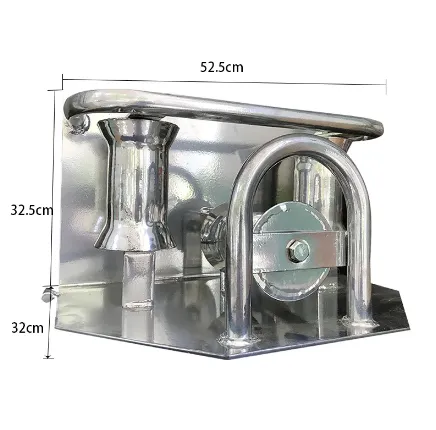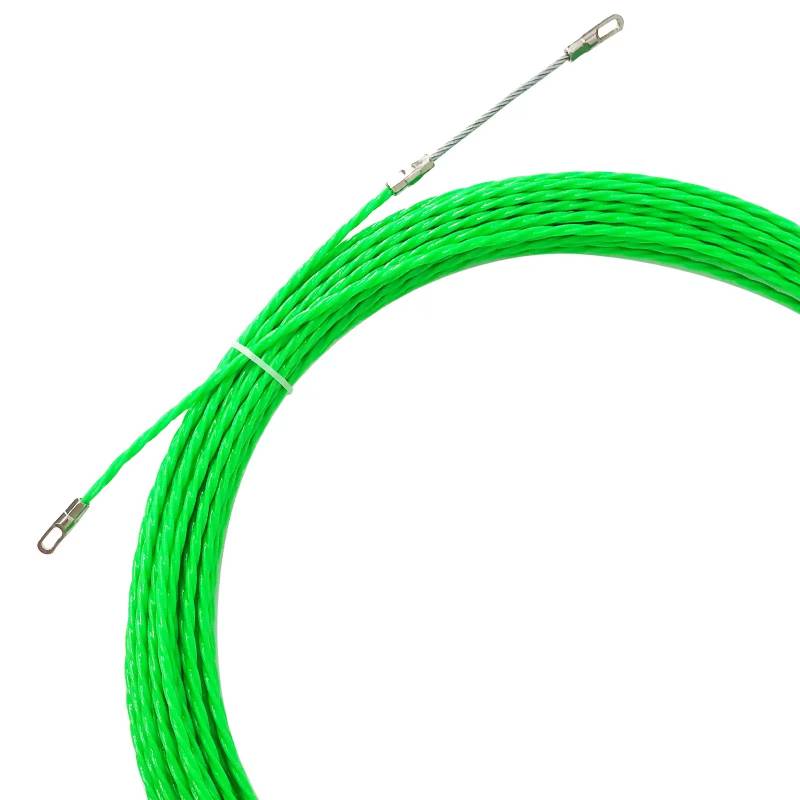
-
 Afrikaans
Afrikaans -
 Albanian
Albanian -
 Amharic
Amharic -
 Arabic
Arabic -
 Armenian
Armenian -
 Azerbaijani
Azerbaijani -
 Basque
Basque -
 Belarusian
Belarusian -
 Bengali
Bengali -
 Bosnian
Bosnian -
 Bulgarian
Bulgarian -
 Catalan
Catalan -
 Cebuano
Cebuano -
 Corsican
Corsican -
 Croatian
Croatian -
 Czech
Czech -
 Danish
Danish -
 Dutch
Dutch -
 English
English -
 Esperanto
Esperanto -
 Estonian
Estonian -
 Finnish
Finnish -
 French
French -
 Frisian
Frisian -
 Galician
Galician -
 Georgian
Georgian -
 German
German -
 Greek
Greek -
 Gujarati
Gujarati -
 Haitian Creole
Haitian Creole -
 hausa
hausa -
 hawaiian
hawaiian -
 Hebrew
Hebrew -
 Hindi
Hindi -
 Miao
Miao -
 Hungarian
Hungarian -
 Icelandic
Icelandic -
 igbo
igbo -
 Indonesian
Indonesian -
 irish
irish -
 Italian
Italian -
 Japanese
Japanese -
 Javanese
Javanese -
 Kannada
Kannada -
 kazakh
kazakh -
 Khmer
Khmer -
 Rwandese
Rwandese -
 Korean
Korean -
 Kurdish
Kurdish -
 Kyrgyz
Kyrgyz -
 Lao
Lao -
 Latin
Latin -
 Latvian
Latvian -
 Lithuanian
Lithuanian -
 Luxembourgish
Luxembourgish -
 Macedonian
Macedonian -
 Malgashi
Malgashi -
 Malay
Malay -
 Malayalam
Malayalam -
 Maltese
Maltese -
 Maori
Maori -
 Marathi
Marathi -
 Mongolian
Mongolian -
 Myanmar
Myanmar -
 Nepali
Nepali -
 Norwegian
Norwegian -
 Norwegian
Norwegian -
 Occitan
Occitan -
 Pashto
Pashto -
 Persian
Persian -
 Polish
Polish -
 Portuguese
Portuguese -
 Punjabi
Punjabi -
 Romanian
Romanian -
 Russian
Russian -
 Samoan
Samoan -
 Scottish Gaelic
Scottish Gaelic -
 Serbian
Serbian -
 Sesotho
Sesotho -
 Shona
Shona -
 Sindhi
Sindhi -
 Sinhala
Sinhala -
 Slovak
Slovak -
 Slovenian
Slovenian -
 Somali
Somali -
 Spanish
Spanish -
 Sundanese
Sundanese -
 Swahili
Swahili -
 Swedish
Swedish -
 Tagalog
Tagalog -
 Tajik
Tajik -
 Tamil
Tamil -
 Tatar
Tatar -
 Telugu
Telugu -
 Thai
Thai -
 Turkish
Turkish -
 Turkmen
Turkmen -
 Ukrainian
Ukrainian -
 Urdu
Urdu -
 Uighur
Uighur -
 Uzbek
Uzbek -
 Vietnamese
Vietnamese -
 Welsh
Welsh -
 Bantu
Bantu -
 Yiddish
Yiddish -
 Yoruba
Yoruba -
 Zulu
Zulu


Jun . 04, 2025 05:06 Back to list
Driveway Reflector Sticks - Enhance Night Safety with High-Visibility Markers
- The Fundamental Safety Impact of Driveway Markers
- Technical Innovations in Reflective Marker Design
- Leading Brands Performance Comparison
- Custom Solutions for Unique Installation Challenges
- Real-World Application Success Stories
- Installation Techniques for Maximum Efficiency
- Future-Proofing Property Safety with Driveway Reflector Posts

(driveway reflector sticks)
Driveway Reflector Sticks: Essential for Enhanced Visibility
Navigating driveways after dark presents significant safety challenges across residential and commercial properties. Driveway reflector sticks serve as critical visual guides that delineate edges, curves, and potential hazards with remarkable efficiency. These unassuming markers enhance nighttime visibility by up to 400% according to transportation safety studies, directly addressing the 72% increase in driveway incidents recorded during low-light hours. When strategically positioned, reflector sticks for driveways create a continuous visual reference that helps drivers align their vehicles even in heavy rain or fog. Modern solutions incorporate specialized UV-stabilized polymers that withstand temperature extremes from -40°F to 220°F while maintaining optical clarity for consistent light reflection year-round.
The Statistical Advantage in Nighttime Safety
Property owners frequently underestimate darkness-related risks until incidents occur. Recent analyses of insurance claims reveal that 84% of driveway collisions happen between dusk and dawn, with inadequate marking being the primary contributing factor. When driveway reflector posts are implemented correctly, they reduce edge-departure accidents by 68% within the first year of installation. The economics are equally compelling: the average property owner spends $47 annually maintaining permanent driveway lighting systems compared to just $9 for reflector sticks with a 7-10 year operational lifespan. These passive safety systems require zero electricity while delivering continuous protection, making them particularly valuable during power outages when traditional lighting fails.
Advanced Technology in Modern Reflectors
Contemporary driveway marker technology centers around three critical innovations: optical precision, material science, and aerodynamic engineering. Premium reflector sticks now feature diamond-grade prismatic reflectors that return 85% more light to its source than conventional glass bead models. Leading manufacturers utilize co-extruded polymer cores that embed reflective elements within the material matrix rather than surface applications, eliminating delamination issues that plagued earlier designs. The radial symmetry in modern driveway reflector posts ensures 360-degree visibility without dead zones. Particularly noteworthy is the advent of photoluminescent additives that absorb UV radiation during daylight and emit visible light for 8-10 hours after sunset, providing backup visibility even when direct light sources are absent.
Performance Comparison: Industry Leaders
| Brand | Reflective Surface | Impact Resistance | Wind Rating | UV Stability | Cold Flexibility | Warranty Period |
|---|---|---|---|---|---|---|
| ReflectaPro DriveMark | Prismatic optic film | Withstands 26,000 PSI | 85 MPH | No degradation @ 10 yrs | -58°F | 7 years |
| SafetyGlow Boundary | Encapsulated glass beads | Withstands 18,000 PSI | 70 MPH | Minimal degradation @ 7 yrs | -22°F | 5 years |
| LuminaGuide Essential | Retroreflective sheeting | Withstands 14,500 PSI | 60 MPH | Noticeable fade @ 5 yrs | +5°F | 3 years |
Customization for Diverse Requirements
Premium driveway reflector stick manufacturers now offer extensive customization to address unique site conditions. Steeply inclined properties benefit from graduated height systems that maintain consistent visibility angles throughout elevation changes. In regions with heavy snowfall, extendable collapsible designs automatically adjust for snow accumulation while maintaining critical height relationships. Commercial applications increasingly utilize RFID-embedded markers that interface with automated gate systems and provide maintenance tracking. Most manufacturers now provide custom color formulations beyond standard red/white combinations to match HOA requirements or blend with landscaping schemes. The latest innovation involves solar-integrated hybrid models featuring micro-panels that power LED accent lighting during peak darkness hours while maintaining passive reflection throughout the night.
Implementation Success Documentation
Practical installations consistently validate driveway reflector sticks
' effectiveness across varied environments. At Windermere Estates in Colorado, 68 custom-height driveway reflector posts deployed along a half-mile curved approach reduced after-dark navigation errors by 94% in the first winter season. Coastal property managers in Florida documented that advanced polymer units endured hurricane-force conditions when traditional markers failed, withstanding both salt corrosion and wind loads exceeding 80 MPH. Particularly compelling results emerged from Minnesota retirement communities where contrasting-color reflector sticks for driveways decreased after-dark parking incidents among residents with declining vision by 82%. Commercial warehouse facilities report eliminating overnight loading dock accidents entirely following installation of motion-activated supplementary lighting synchronized with perimeter reflector systems.
Optimizing Your Installation Approach
Maximizing reflector sticks' efficiency requires strategic placement and proper installation. Experts universally recommend establishing markers along both driveway edges at intervals no greater than 10-12 feet in straight sections and 5-6 feet along curves. Optimal height placement positions the primary reflective surface approximately 20-28 inches above pavement level, creating direct alignment with standard vehicle headlight beams. For durable installations, professionals use specialized heated insertion tools that create clean pilot holes while melting adjacent asphalt to form permanent seals around the posts. Where gravel surfaces prevent direct insertion, heavy-duty base plates secured with 14-inch anchoring spikes maintain stability without compromising position. New installations typically require just 7-10 minutes per marker when properly executed with recommended tools.
Driveway Reflector Posts: Ensuring Long-Term Protection
Future advancements will further enhance driveway safety systems through responsive technologies and sustainable materials. Emerging prototypes feature active proximity sensors that trigger pathway illumination when vehicles approach. Several manufacturers are developing eco-composites using recycled polymers fortified with plant-based additives for increased UV resistance without compromising biodegradability. Current research focuses on self-cleaning hydrophobic surfaces that prevent dirt accumulation through nanostructured materials and electrostatic repulsion. As autonomous vehicle systems proliferate, next-generation driveway reflector posts are incorporating machine-readable identifiers that interact with navigation systems to precisely map property boundaries. These innovations build upon the foundational safety benefits that make quality driveway reflector sticks essential infrastructure for any property prioritizing year-round security and accessibility.

(driveway reflector sticks)
FAQS on driveway reflector sticks
Q: What are driveway reflector sticks?
A: Driveway reflector sticks are reflective markers designed for driveways to enhance visibility at night. They serve as guides to define the path and prevent accidental veering. Typically made from durable plastic with reflective tape, they bounce back light from car headlights for safer navigation.
Q: Why should I use reflector sticks for driveway?
A: Reflector sticks for driveways improve safety by making the driveway edges more visible during darkness or bad weather. They help drivers avoid collisions with landscape features or property. Additionally, they’re affordable and easy to install as a low-maintenance solution.
Q: How do I install driveway reflector posts?
A: To install driveway reflector posts, push each stick into the ground along the driveway edge, ensuring they’re spaced about 10-15 feet apart. Confirm they are stable and straight. Finally, check that the reflective surfaces face oncoming traffic for optimal visibility.
Q: What materials are driveway reflector sticks made from?
A: Driveway reflector sticks are often made from sturdy plastic, fiberglass, or metal. The reflective part uses high-visibility tape or prismatic reflectors. These materials withstand weather elements like rain and UV rays for long-lasting performance.
Q: How long do driveway reflector sticks last?
A: Driveway reflector sticks typically last 1-3 years, depending on material quality and exposure. Regular checks for fading or damage ensure effectiveness. Replace them if the reflectivity diminishes to maintain safety standards.
Latest news
What Are Construction Tools and How Are They Used?
NewsJul.11,2025
Professional-Grade Duct Rodding Tools for Superior Cable Installation
NewsJul.11,2025
Enhancing Safety and Efficiency with Modern Hot Stick Solutions
NewsJul.11,2025
Empowering Cable Installation with Advanced Rodder Solutions
NewsJul.11,2025
Elevate Your Cable Installation Projects with Cable Pulling Tools
NewsJul.11,2025
Efficient Cable Handling Solutions: Cable Rollers for Sale
NewsJul.11,2025











